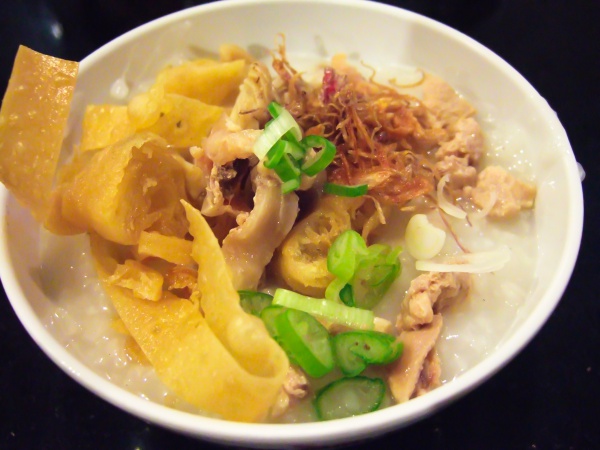Facts About Congee
Congee, sometimes known as conjee, is a comforting rice porridge cherished by many cultures around the world. This versatile dish can be enjoyed plain or enhanced with ingredients such as meat, fish, and various seasonings. Whether served as a side dish or as a meal on its own, congee is especially popular among those who are feeling unwell.
The origins of congee trace back to ancient India, and over time, it has been embraced and adapted by numerous countries. Versions of congee can be found in China, Burma, Cambodia, Taiwan, India, Indonesia, Japan, Korea, Laos, the Philippines, Portugal, Singapore, Sri Lanka, Thailand, and Vietnam, each adding its own unique twist to the dish.
Preparing congee is quite straightforward. You boil rice in a substantial amount of water until it breaks down into a soft, thick porridge. The type of rice, cooking techniques, and additional ingredients can vary widely depending on the region. Congee is loved for its easy digestibility and simple preparation, making it a popular breakfast choice or even a substitute for rice in other meals.
Each country has its distinctive way of preparing and serving congee. In China, it is a staple with numerous regional variations. In India, it's known as kanji and might be made with different grains and spices. Japanese congee, called kayu, often features toppings such as eggs, salmon, or pickled plums. In Thailand, it is known as chok and is typically served with meat and pickled vegetables.

 North Korea
North Korea